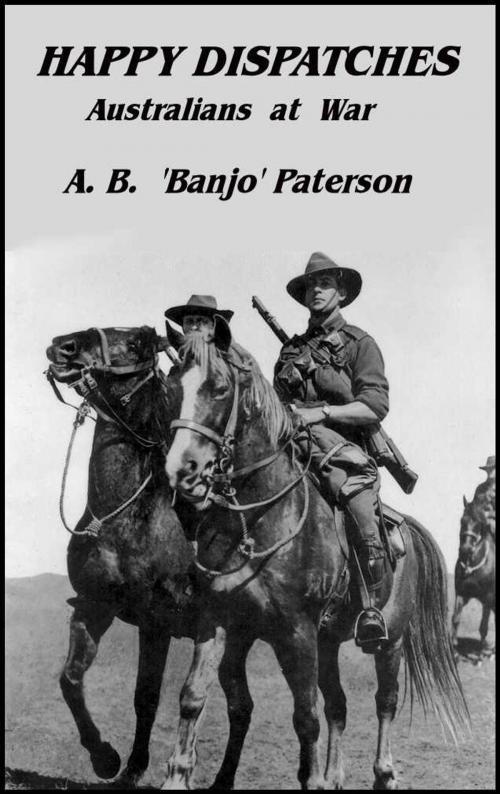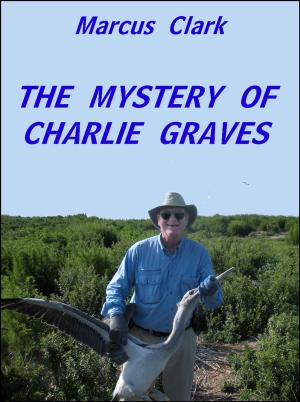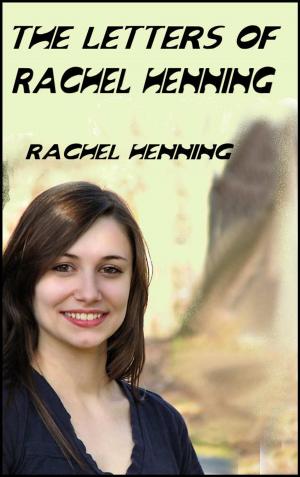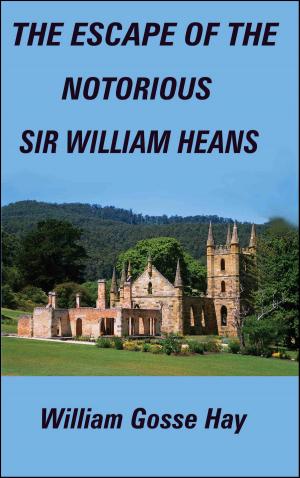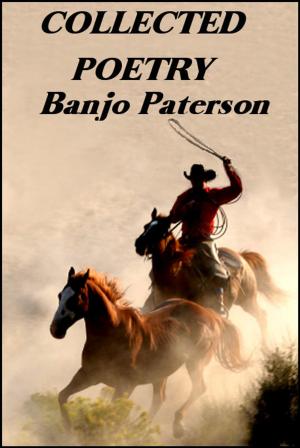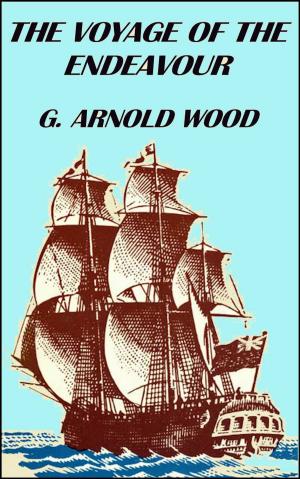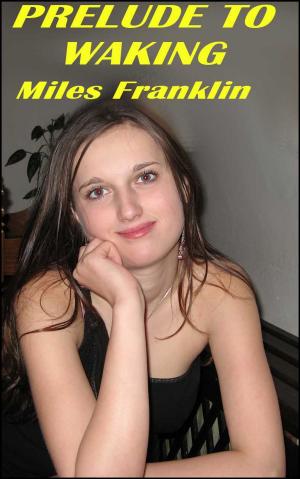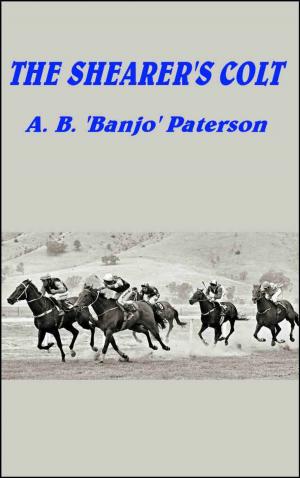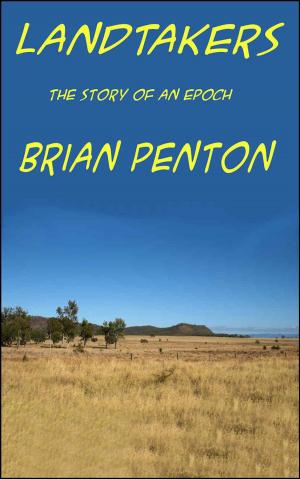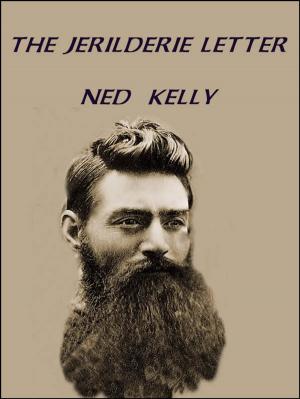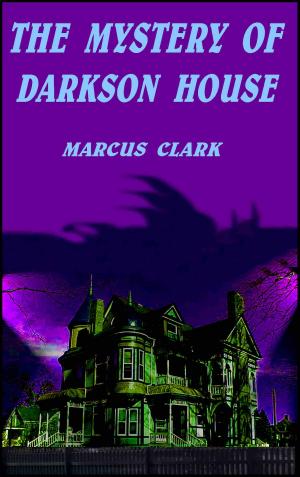Happy Dispatches
Australians at War
Nonfiction, History, Australia & Oceania, Military, World War I, Middle East| Author: | A. B. Banjo Paterson | ISBN: | 1230000074608 |
| Publisher: | Download eBooks | Publication: | December 23, 2012 |
| Imprint: | Language: | English |
| Author: | A. B. Banjo Paterson |
| ISBN: | 1230000074608 |
| Publisher: | Download eBooks |
| Publication: | December 23, 2012 |
| Imprint: | |
| Language: | English |
Andrew Barton "Banjo" Paterson OBE (17 February 1864 – 5 February 1941) was an Australian bush poet, journalist and author. He wrote many ballads and poems about Australian life, focusing particularly on the rural and outback areas, including the district around Binalong, New South Wales where he spent much of his childhood. Paterson's more notable poems include "Waltzing Matilda", "The Man from Snowy River" and "Clancy of the Overflow".
Happy Dispatches is a collection of news pieces from different parts of the world, during different wars, both serious and humourous.
In 1885, Paterson began submitting and having his poetry published in the Sydney edition of The Bulletin under the pseudonym of "The Banjo", the name of a favourite horse. Paterson, like The Bulletin, was an ardent nationalist and, in 1889 published a pamphlet, Australia for the Australians, which told of his disdain for cheap labour and his admiration of hard work and the nationalist spirit. In 1890, as "The Banjo" he wrote "The Man from Snowy River", a poem which caught the heart of the nation and, in 1895, had a collection of his works published under that name. This book is the most sold collection of Australian bush poetry and is still being reprinted today. In his lifetime, Paterson was second only to Rudyard Kipling in popularity among living poets writing in English.[6] Paterson also became a journalist, lawyer, jockey, soldier and a farmer.
Paterson became a war correspondent for The Sydney Morning Herald and The Age during the Second Boer War, sailing for South Africa in October 1899. His graphic accounts of the relief of Kimberley, surrender of Bloemfontein (the first correspondent to ride in) and the capture of Pretoria attracted the attention of the press in Britain. He also was a correspondent during the Boxer Rebellion, where he met George "Chinese" Morrison and later wrote about his meeting. He was editor of the Sydney Evening News (1904–06) and of the Town and Country Journal (1907–08).[7]
In World War I, Paterson became an ambulance driver with the Australian Voluntary Hospital, Wimereux, France. He returned to Australia early in 1915 and, as an honorary vet, travelled on three voyages with horses to Africa, China and Egypt. He was commissioned in the 2nd Remount Unit, Australian Imperial Force on 18 October 1915, serving initially in France where he was wounded and reported missing in July 1916 and latterly as commanding officer of the unit based in Cairo, Egypt. He was repatriated to Australia and discharged from the army having risen to the rank of major in April 1919. His wife had joined the Red Cross and worked in an ambulance unit near her husband.
Andrew Barton "Banjo" Paterson OBE (17 February 1864 – 5 February 1941) was an Australian bush poet, journalist and author. He wrote many ballads and poems about Australian life, focusing particularly on the rural and outback areas, including the district around Binalong, New South Wales where he spent much of his childhood. Paterson's more notable poems include "Waltzing Matilda", "The Man from Snowy River" and "Clancy of the Overflow".
Happy Dispatches is a collection of news pieces from different parts of the world, during different wars, both serious and humourous.
In 1885, Paterson began submitting and having his poetry published in the Sydney edition of The Bulletin under the pseudonym of "The Banjo", the name of a favourite horse. Paterson, like The Bulletin, was an ardent nationalist and, in 1889 published a pamphlet, Australia for the Australians, which told of his disdain for cheap labour and his admiration of hard work and the nationalist spirit. In 1890, as "The Banjo" he wrote "The Man from Snowy River", a poem which caught the heart of the nation and, in 1895, had a collection of his works published under that name. This book is the most sold collection of Australian bush poetry and is still being reprinted today. In his lifetime, Paterson was second only to Rudyard Kipling in popularity among living poets writing in English.[6] Paterson also became a journalist, lawyer, jockey, soldier and a farmer.
Paterson became a war correspondent for The Sydney Morning Herald and The Age during the Second Boer War, sailing for South Africa in October 1899. His graphic accounts of the relief of Kimberley, surrender of Bloemfontein (the first correspondent to ride in) and the capture of Pretoria attracted the attention of the press in Britain. He also was a correspondent during the Boxer Rebellion, where he met George "Chinese" Morrison and later wrote about his meeting. He was editor of the Sydney Evening News (1904–06) and of the Town and Country Journal (1907–08).[7]
In World War I, Paterson became an ambulance driver with the Australian Voluntary Hospital, Wimereux, France. He returned to Australia early in 1915 and, as an honorary vet, travelled on three voyages with horses to Africa, China and Egypt. He was commissioned in the 2nd Remount Unit, Australian Imperial Force on 18 October 1915, serving initially in France where he was wounded and reported missing in July 1916 and latterly as commanding officer of the unit based in Cairo, Egypt. He was repatriated to Australia and discharged from the army having risen to the rank of major in April 1919. His wife had joined the Red Cross and worked in an ambulance unit near her husband.
